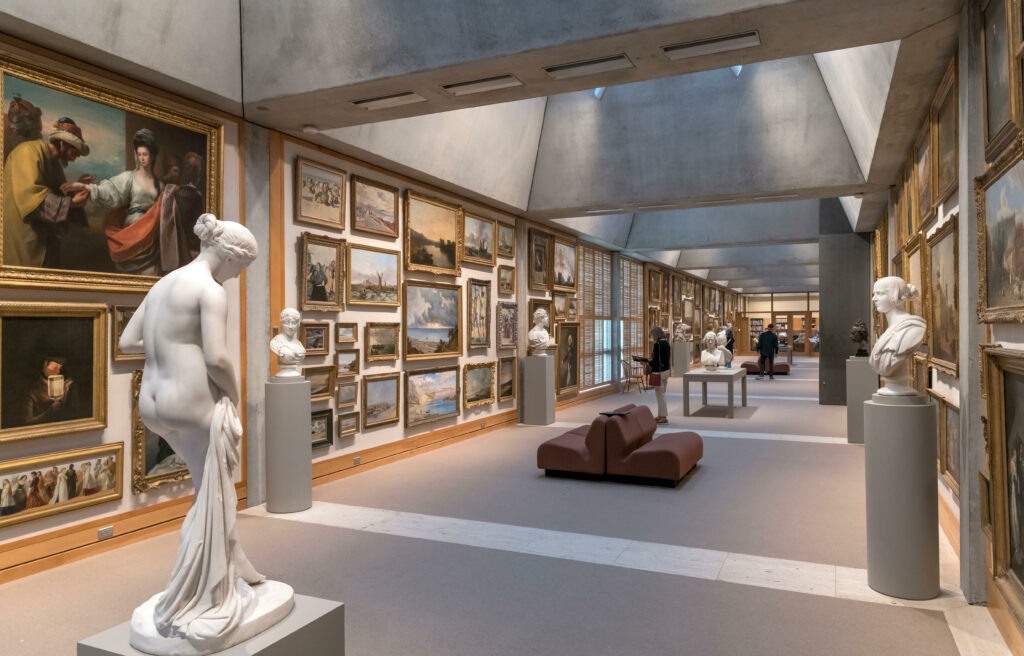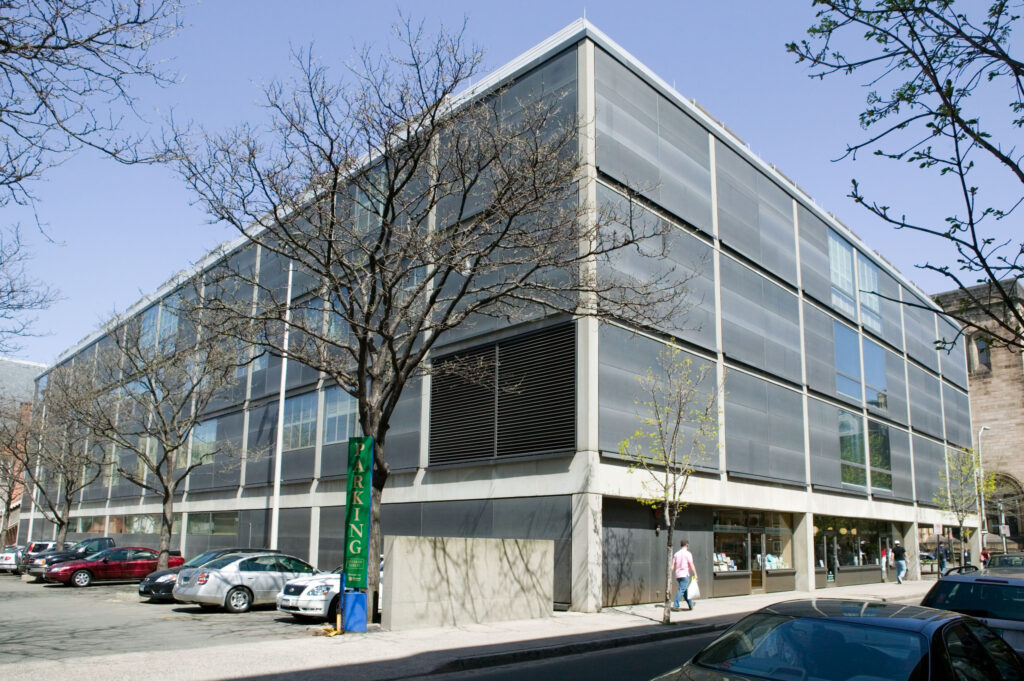How Environmental Monitoring Protected the Yale Center for British Art During a Multi-Year Restoration Project


Challenge
The Yale Center for British Art, which houses the largest British art collection outside of the United Kingdom, needed to modernize and refurbish their 1977, 95,000 square foot facility. The building contained exhibition floors, conservation studios, a research library, a lecture hall, and office space. Dust generated during construction work would be a critical issue in these spaces, for both visitors and the artwork.
Round-the-clock monitoring allowed construction to occur in this sensitive environment and provided peace of mind for all sides
Solution
EH&E designed and implemented a real-time monitoring program to protect environmental conditions in the art center for the duration of the multi-year restoration project. Essential to the program was evaluating how dust would affect the art collections and occupants, so that protective threshold limits could be established.
Automated monitoring at the center was conducted 24/7 and this extra layer of protection helped ensure that control measures and barriers installed to mitigate construction impacts were effective and that no containment breach occurred. This real-time monitoring generated automated alerts to the project team if a threshold limit was exceeded, allowing the team to respond and fix an issue before it became a problem.
Project Outcome
EH&E’s automated environmental monitoring program was instrumental in helping the Yale Center for British Arts protect its extensive art collections, staff, and visitors. Round-the-clock monitoring allowed construction to occur in this sensitive environment and provided peace of mind for all sides – the Center, the construction team, and occupants. There were no adverse impacts from construction activity.